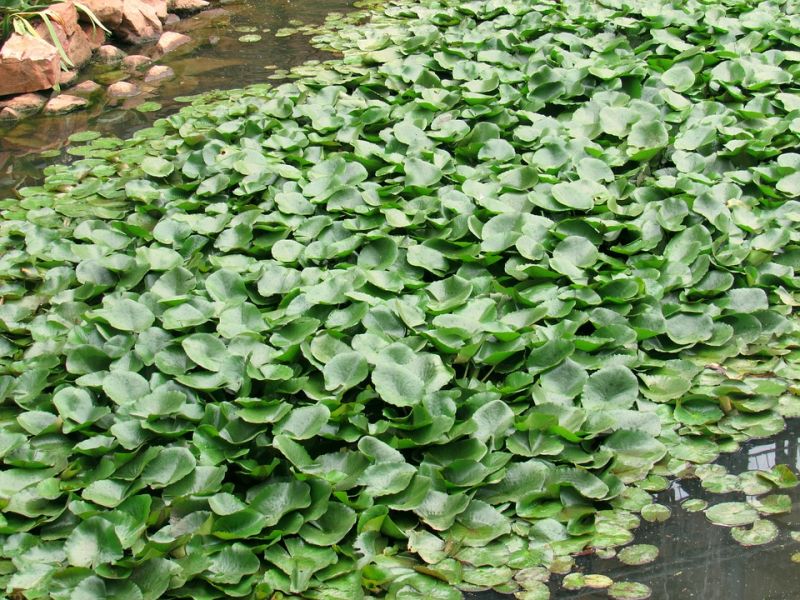Invasive Tropical Plant Removed Metal Pollutants from British River – New Case Study
Published on by Water Network Research, Official research team of The Water Network in Academic
Using plants to remove pollutants – a process known as phytoremediation – has become increasingly attractive around the world.
By Parvez Haris
Pollutants in rivers and other water bodies are a serious problem for marine life as well as human health. However, removing them from the water can be a costly process, often requiring energy from fossil fuels, which adds to both operating costs and environmental damage. Consequently, using plants to remove pollutants – a process known as phytoremediation – has become increasingly attractive around the world.

Representative image, Source: Pixabay
Not only is phytoremediation more environmentally friendly than conventional methods, it is cheaper too. It involves using photosynthesising organisms to remove pollutants – for example, heavy metals like lead – from water. It is thought that the mechanism of removal involves a combination of adsorption (whereby pollutants stick to the surface of roots) and absorption (whereby they’re taken up by the plants’ transport system) of metals via the plant roots.
Our research team has recently been investigating how phytoremediation could help clean up rivers in Britain. Though phytoremediation has been used in the country previously, this time we have been specifically using water hyacinth. This tropical plant is not native to the UK, and is actually classed as an invasive species. It has been used for phytoremediation before, but we were the first to use it in a temperate Northern hemisphere river, far removed from its native habitat, originally in South America.
What we found was remarkable. The water hyacinth was able to remove highly toxic elements from river water.
Rooting out pollution
We introduced the plant to the Nant-Y-Fendrod stream, a tributary of the River Tawe, in Swansea. This waterway is located in an area which was the heart of global copper production during the 19th and 20th centuries. As a consequence, it has been heavily polluted by millions of tonnes of copper and zinc smelting waste. Despite previous efforts to remediate the land using conventional approaches, such as the removal of contaminated soil, considerable contamination of heavy metals remains, affecting the stream’s water quality. In fact, pollution is so bad that it fails to meet EU water quality standards.
We constructed two purpose-built treatment pods to contain the plants in the river, preventing them from escaping but allowing the water to move in and out of them. We used 25 plants in each pod, covering around one square metre. This equated to approximately 10% of the width of the channel. The content of heavy metals in the river water was determined – using inductively coupled plasma mass spectrometry – prior to plant introduction, within the treatment pods, and downstream on an hourly basis for a period of seven hours.
We found that the water hyacinth was able to remove many different heavy metals – including cadmium, zinc, arsenic, lead, chromium, aluminium, copper, manganese and nickel – from the stream’s water. The speed of this metal removal was fast. Our tests demonstrated more than 60% of the aluminium and zinc polluting the water which went into the the pods was removed within just seven hours. Such a high speed of removal is consistent with the reputation of water hyacinth as the fastest growing aquatic plant in the world.
The Paper: Extending the geographic reach of the water hyacinth plant in removal of heavy metals from a temperate Northern Hemisphere river
Read full article: The Conversation
Media
Taxonomy
- Standards & Quality
- Treatment
- Biological Treatment
- Biological & Chemical Quality
- Quality
- Biological Treatment
- Water Quality
- River Studies
- River Restoration
- Water Quality Research